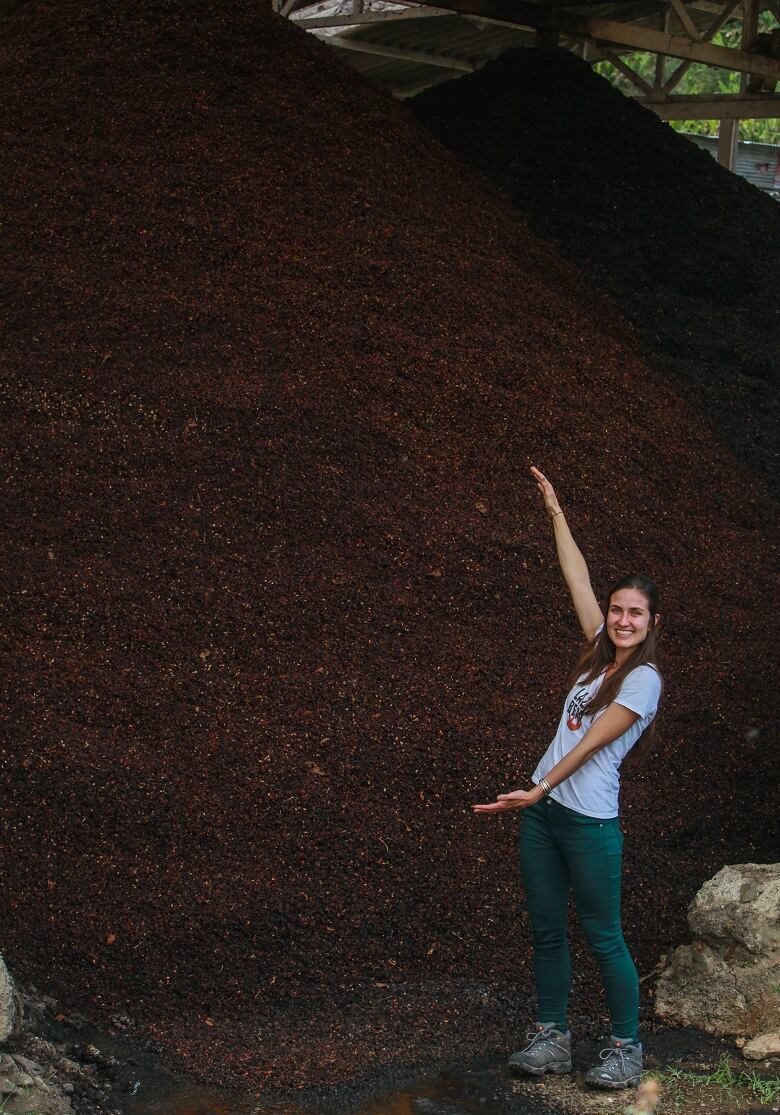Lazy Bear Tea sources its cascara from a small family farm in Nicaragua to create its three SKUs of RTD tea (natural, lemon agave, and mint) with a fourth flavor, inspired by the origins of cascara tea, on the way in March.
Tea made with the dried skins of the coffee cherry can be traced back to qishr, a traditional drink found in Yemen made of spiced coffee husks, ginger, and cinnamon.
The company’s fourth SKU, cascara chai, will feature ginger, cardamom, cinnamon, fennel, black pepper, slightly sweetened with agave syrup in its flavor profile.
Each bottle contains 55mg of caffeine (roughly the same amount as coffee) and more antioxidants than green tea, according to the company.
Lazy Bear Tea is currently sold at 30 locations in the Boston, Massachusetts, area and the local food delivery platform Natured, as well as a few retail outlets in New Hampshire and Maine.
Where does Lazy Bear Tea get its name? The Spanish word for 'sloth' translates literally into 'lazy bear' and the animal is indigenous to Uribe's home country of Colombia.
For the rest of 2018, the company is focused on activating the Northeast region, recently signing with a larger specialty food distributor that services 1,800 accounts.
Long-term supply chain cultivation
Co-founder Daniela Uribe grew up in a coffee-growing region of Colombia where mounting piles of coffee cherry husks were a common fixture at her family’s coffee farm, but a viable use for them was harder to find – the leftover product has been used as fertilizer but in limited amounts.

“The coffee connection has always been part of my life and something I knew I’d end up doing at some point, but I’d never thought that it would be from the waste of coffee production… I never thought of it as a value-added product,” Uribe told BeverageDaily.
That perception quickly changed after Uribe was introduced to cascara tea and was “blown away” by the taste, setting a business plan in motion to introduce the beverage to a larger audience with the help of co-founders currently enrolled at Harvard Business School (HBS) Drew Fink and Erik Ornitz.
Lazy Bear Tea was chosen as a member of the HBS Venture Incubation Program where the trio has access to mentors and resources to help grow the company.
It also helped that a female coffee farmer from El Salvador coined the more appealing name of ‘cascara’ (also the Spanish word for husk) to refer to the forgotten coffee cherry hulls, according to Uribe.
Uribe, who worked for years as a social impact consultant developing environmental and sustainability initiatives for large companies, saw the market potential to divert cascara at the source away from waste streams and turn it into an RTD tea.
“Food waste is a huge emerging topic around our conversation about agriculture — Creating a market for cascara can have a huge impact,” Uribe said.
It also helps drive a new source of income for coffee farmers, she added.
For those who are ‘more health aware than health obsessed’
When the company first launched it saw itself resonating with young, adventurous consumers who are willing to experiment with their beverage choices.
“We went in with this thesis that’s it’s going to be young people who are trying the new kombucha on the shelf, new teas, and new cold press juiced – people who like to experiment and are more health aware than health obsessed,” Uribe said.
While the company has captured that original demographic target, it has also drawn attention from knowledgeable tea and coffee drinkers, according to Uribe.
“The natural flavor really appeals to people who know a lot about coffee and who know a lot about tea,” she said.
“These are people who may not being going after the new Bulletproof coffee on the shelf, or the new kombucha with turmeric, but they’re excited to see an innovation within an area that they really love.”
